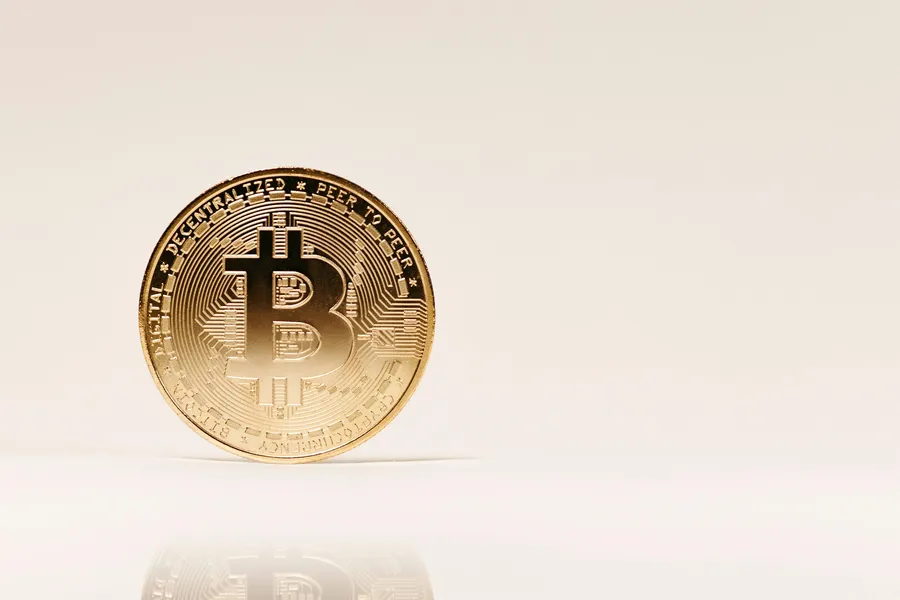What is the Chainlink (LINK) cryptocurrency token? — Chainlink, oracles, decentralization

Title: Chainlink Decoded: Navigating the World of Oracle Networks and Tokenomics
Subtitle: A seasoned crypto security expert’s take on Chainlink’s potential and pitfalls in an increasingly decentralized world
Let me start by saying this: Chainlink is more than just a cryptocurrency token. It’s an oracle network that connects smart contracts with real-world data sources, making blockchains useful beyond simple digital transactions. But as with any system powered by tokens, it also comes with its own set of vulnerabilities and risks. So buckle up, kids, because we’re diving into the heart of Chainlink.
Imagine a world where blockchains can interact seamlessly with everything from weather forecasts to stock market prices, sports results, or even satellite imagery. That’s exactly what Chainlink aims to achieve by being the middleman between smart contracts and off-chain data providers – a role we call an “oracle”.
Oracles aren’t new in computer science; they’ve been around since ancient times when priests were asked to confirm if it was raining before a battle commenced. Here, Chainlink is simply playing God, bringing this concept into the digital age. But remember, with great power comes great responsibility. We’ve seen too many hacks and bugs exploiting these connections. Just recall the infamous case of Poly Network last year when nearly $600 million was stolen due to an oracle attack!
Now, let’s talk about LINK, the native token of this network. It serves multiple purposes:
- Payment for data retrieval: Node operators on the Chainlink Network earn LINK as rewards for providing reliable oracle services.
- Fueling smart contract interactions: Users need to pay a transaction fee in LINK to ensure their smart contracts are executed correctly using Chainlink’s network.
- Governance: LINK holders get voting rights on critical protocol decisions like changing fees, updating oracles, or even blacklisting nodes.
But here lies the problem: centralization. If a few large token holders control most of the votes, they can manipulate governance decisions to suit their needs, defeating the very purpose of decentralization.
In 2021 alone, we witnessed numerous NFT scams leveraging Chainlink oracles, key leaks exposing sensitive information, and bugs causing millions in losses. These incidents underscore how vulnerable our systems are despite the promise of decentralization.
Consider this: if hackers can compromise a node operator holding a large amount of LINK tokens, they can essentially blackmail the entire network or use their control to siphon funds.
Chainlink is an ambitious project that aims to bridge the gap between traditional systems and blockchain technologies. However, it’s crucial to remember that no system is immune to exploitation. We must continuously question its design choices and evolve our security strategies to stay ahead of potential threats.
So next time you hear about Chainlink or any other decentralized project promising utopia, think twice. Remember, nothing worth having comes easy, especially in crypto.









